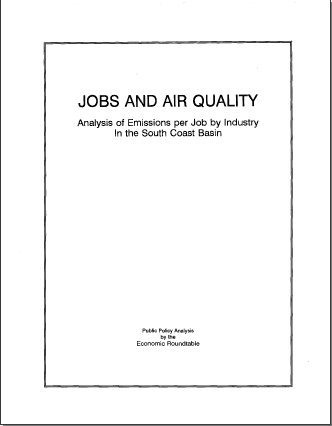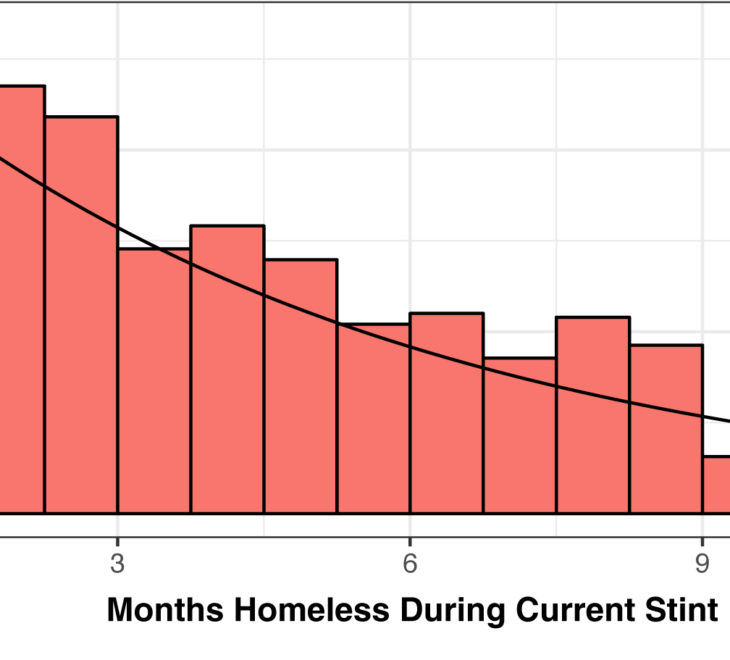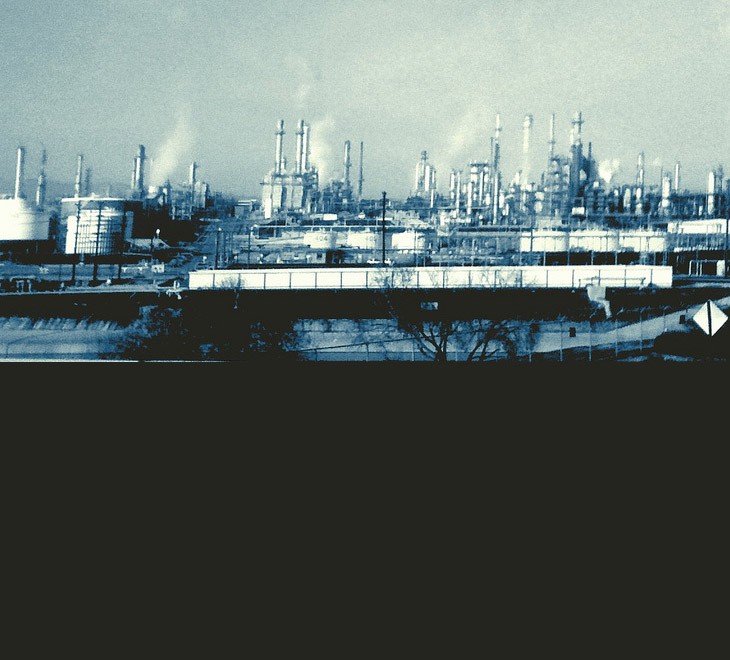Overview
The Economic Roundtable merged site-specific 1990 employment and emission data to analyze emissions per job among industries in the South Coast Basin. One use of this analysis is to identify environmentally friendly industries that are potential targets for economic development. The analysis focused on manufacturing industries. The reason for this is that firms making products that can be exported out of the region can create new jobs directly, and indirectly stimulate job growth through production linkages and demand for additional services. In addition to their economic development potential, manufacturing firms account for the majority of industrial emissions in the basin, and it is important to understand which of these industries are most compatible with the region’s environmental limits.
The database developed by the Economic Roundtable (ERT) for fine-grained industry analysis accounts for 47 percent of recorded emissions in the AQMD Database. Another 31 percent of AQMD emissions were located in non-manufacturing industries, and 12 percent of emissions were identified in large, multi-site firms for which emissions and employment data could not be disaggregated and matched on a geographically-specific basis. With 90 percent of total emissions accounted for, the ERT Database was used with a reasonable level of confidence to make a detailed analysis of manufacturing industries and begin identifying environmentally friendly opportunities for economic development.
Each of 21 major manufacturing industry groups were analyzed and compared in terms of quantity of reactive organic gases (ROG), nitrogen oxides (NOX), particulate matter (PM-10), sulfur dioxide (SOX), and carbon monoxide (CO) emitted per job in the South Coast Basin. Then, 4-digit SIC industries within each of these major manufacturing groups were analyzed and compared. In addition, emissions in all five categories were aggregated to obtain a single, general measure of emissions that could be used as a basis for comparing air contaminants produced by all industries.
Desirable Industries
The best industries for the health of the region, in terms of both jobs and the environment, are those that pay the highest wages, employ the greatest number of workers, and emit relatively low quantities of pollutants per employee. To obtain a rough idea of the relative rankings of industry groups when taking into consideration employment, earnings, and emissions, the Economic Roundtable produced an overall ranking of industries using these indicators. This analysis showed many industries with the lowest emissions to also be those that provide the highest level of benefits for the region’s workforce.
Industry groups with the highest ranking were:
- Instruments: second in manufacturing employment, second in average annual earnings, with very low emissions per worker
- Aircraft: first in employment, third in average annual earnings, with very low emissions per worker
- Electronics: fifth in employment, fifth in average annual earnings, with very low emissions per worker
Conclusion
There is a remarkable degree of variation both within and between industries in the quantity of pollutants emitted for each worker. The encouraging aspect of this diversity is that there is a significant group of employers spread across the spectrum of manufacturing activities which currently have ultra-low emissions per worker and are well below the employment-to-emissions ratio expected to be required in 2010. Business establishments with extremely low emissions per worker are found in at least 40 industries.
The challenging reality that emerges from this study is that many firms are releasing quantities of emissions that are disproportionate to the number of job they offer. To achieve healthy air quality the South Coast Basin must move toward a new ecology of industries that are both environmentally and economically desirable. While some industries of necessity have higher emissions per worker than others, all industries must adopt technologies and production processes that minimize the use of polluting materials and place the maximum amount of materials into value-added products rather than allowing them to be wasted through emissions into the atmosphere.
Chapter Headings
- Executive Summary
- Industry Analysis
- Major Industry Groups
- Conclusions
- Appendix
- Data












